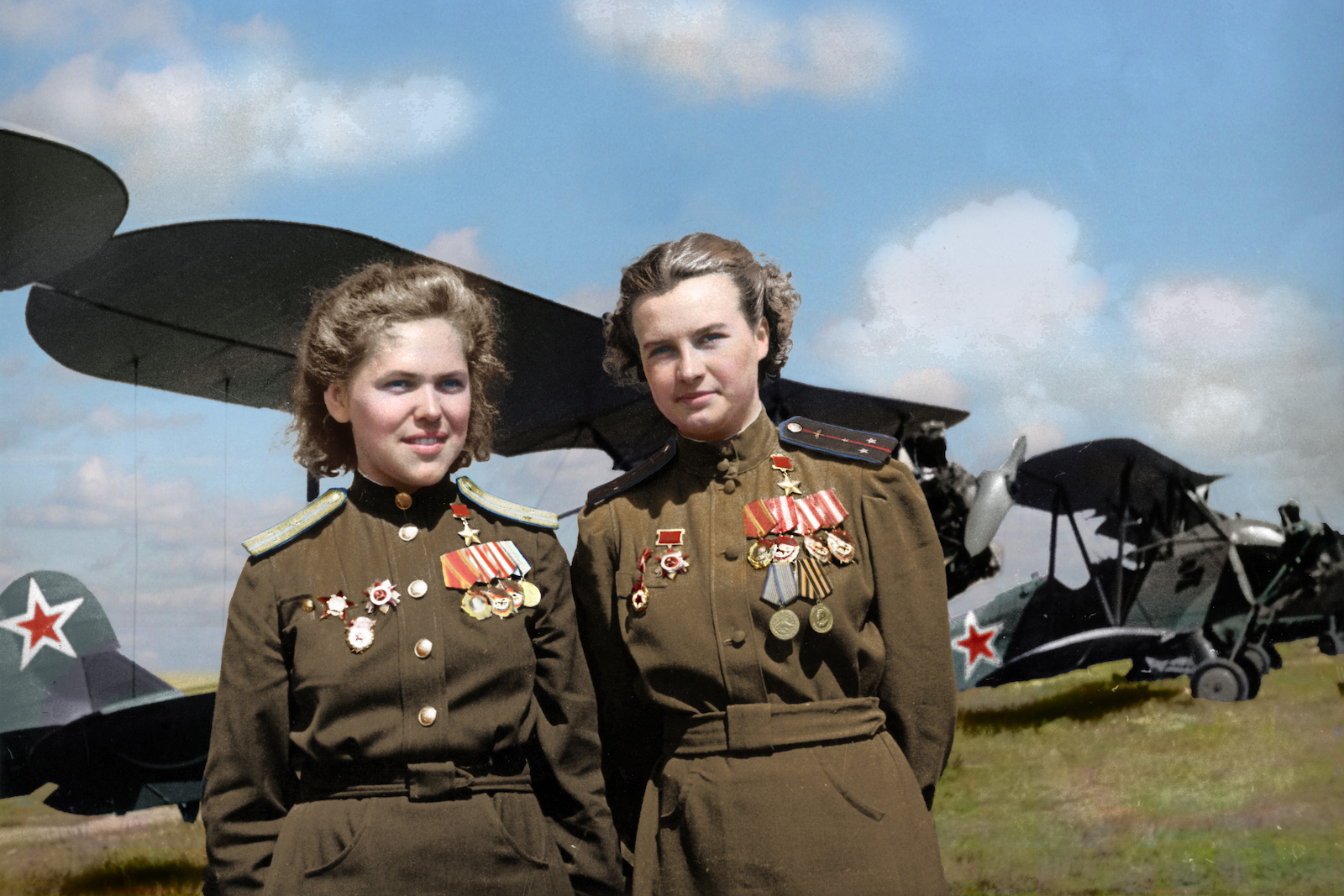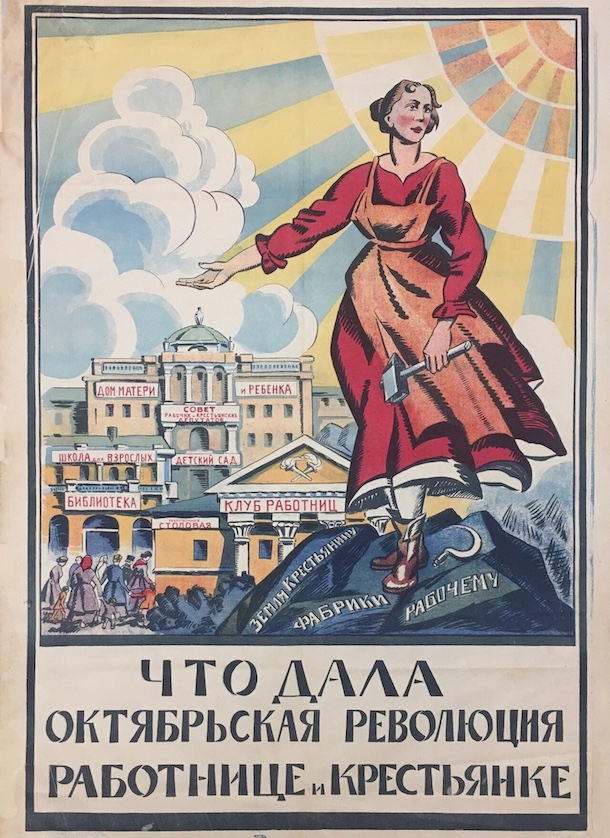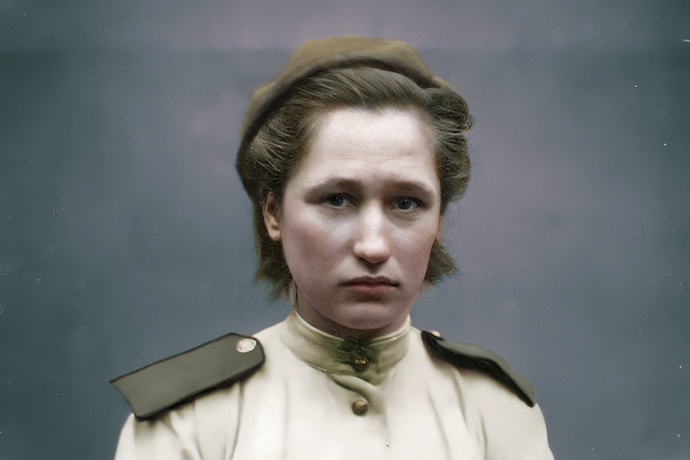
Shedding Light on Russia’s Gender Divide
In Russia, gender dynamics are characterized by a complex interaction of historical, cultural, and socio-political factors. From the beginning of the 20th century, when the Bolshevik Revolution brought the first hints of gender equality, to the present day, the landscape of gender roles and rights has undergone enormous transformations. Nowadays, Russia presents a paradoxical position on gender issues, where formal declarations of equality often clash with the reality of women’s lived experiences.
International Women’s Day, celebrated worldwide on March 8, is deeply rooted in the labor movements of the early 20th century. Its significance in Russia, however, is particularly poignant, as it catalyzed the Russian Revolution of 1917. Initially proposed by Clara Zetkin at the International Conference of Socialist Women in 1910, the idea was to dedicate a day each year to defending women’s rights. Russia adopted this tradition in 1913, and in 1917, a demonstration by female textile workers in Petrograd (now St. Petersburg) on March 8 triggered a series of events that led to the abdication of Tsar Nicholas II and, ultimately, the rise to power of the Bolsheviks.

The Bolshevik revolution promised a radical transformation of society, one aspect of which was the emancipation of women from the traditional roles and constraints imposed by the tsarist regime. The Soviet state introduced various reforms intended to liberate women economically, politically, and socially, fully integrating them into the fabric of the new socialist society. Women were encouraged to work in all sectors of the economy. By the mid-20th century, the Soviet Union boasted one of the world’s highest female labour force participation rates.
Despite this progress, women continued to bear the burden of household and child-rearing responsibilities in addition to their role as workers. This phenomenon, often called the “double burden,” saw women working full shifts in factories or offices only to return home for a second shift of unpaid domestic work. State efforts to provide childcare and communal dining facilities were insufficient to alleviate this burden, and the traditional view of women as primary caregivers persisted.
The representation of women in leadership positions within the Soviet Union was disproportionately low compared to men’s. Although women were present in the workforce, they were often segregated into lower-paid roles and were significantly underrepresented in the highest echelons of political and economic power. This discrepancy highlighted a gap between the ideal of gender equality and the structural realities that limited women’s opportunities for advancement.
The state’s approach to women’s rights has often been paternalistic, framing women’s empowerment in terms of roles within a socialist framework rather than as a matter of individual rights and freedoms. This approach sometimes led to a repressive attitude towards feminism and independent women’s movements, which were considered incompatible with state socialism.
Media representations and public discourse often reinforced traditional gender roles, even as women significantly contributed to the economy and society. The idealized image of the Soviet woman could balance her professional duties with her responsibilities as a mother and homemaker, a standard that placed enormous pressure on women to excel in all areas of life without adequate support or recognition of the challenges they faced.
The dissolution of the Soviet Union brought profound changes to Russian society, including its gender dynamics. The transition to a market economy in the 1990s saw a resurgence of traditional gender norms and a widening gender wage gap. Although women continued to participate in the workforce in large numbers, they faced increasing barriers to career advancement and economic security. The subsequent opening of Eastern Europe to the global market has had profound social and economic impacts.

Among these is the emergence of a specific type of fetishization of women from this region, often characterized by stereotypes that portray them as exotic, overly sexualized, and submissive, particularly in the 1990s and early 2000s. These perceptions were amplified by Western media and the burgeoning bride industry, which marketed Russian and Eastern European women as ideal partners based on these reductive and objectifying stereotypes.
Today, Russian women face a variety of challenges, from enduring pay disparities and workplace discrimination to navigating a social climate that often valorizes traditional gender roles. Despite progress and opportunities, the wage gap between men and women has remained a persistent problem.
Studies and reports have highlighted that, on average, Russian women earn much less than their male counterparts, a disparity that differences in position, qualifications, or working hours cannot fully explain. This wage gap indicates broader systemic inequalities that impact women’s economic independence and overall societal position.
Sexism in the workplace is another pervasive challenge. Cultural stereotypes and traditional gender roles continue to influence professional environments, often dictating the industries in which women can work and the positions they can hold. Reports of discrimination during hiring processes, unequal promotion opportunities, and sexual harassment are not uncommon. Adding to these problems are insufficient legal protections and a reluctance to address gender-based discrimination openly.

In Russia, women from diverse ethnic and religious backgrounds face a variety of layered challenges that amplify gender issues prevalent in society at large. These challenges are not only rooted in systemic gender biases but are also exacerbated by racial and religious discrimination. Minority women often face a complex landscape of social exclusion, limited access to employment opportunities, and increased vulnerability to violence and harassment.
The resurgence of nationalism and a greater emphasis on “traditional values” in recent years have further marginalized these groups. Policies and social narratives that promote a homogeneous national identity tend to exclude or stigmatize those who do not fit a narrow definition of what it means to be Russian. For women from minority communities, this environment can limit their freedom of expression, restrict their religious practices, and exacerbate their isolation from social and economic opportunities.
The impact is multifaceted oppression that affects not only their public lives but also their private experiences of gender equality. Discrimination in Russia is not limited to gender; it significantly intersects with issues of race and ethnicity, affecting women of diverse backgrounds in unique and complex ways. Women who are not ethnic Russians, including those from the Caucasus, Central Asia, and other regions, often face high levels of discrimination and violence.
The recent resurgence of machismo and traditionalism in Russia, strongly influenced by a military ethic and nationalistic principles, has significant implications for gender dynamics and social attitudes toward domestic violence and gender roles. This shift towards conservative values often glorifies patriarchal family structures and reinforces stereotypical gender roles in which male dominance is celebrated, and female subservience is expected.
Gender-based violence (GBV) remains a pressing concern in Russia, and domestic violence is a particularly pervasive problem. Notably, in 2017, Russia decriminalized some forms of domestic violence, a move that drew international criticism and concern from human rights organizations. This legislative step was seen by many as a step backward in protecting women’s rights, potentially normalizing violence and making it more difficult for victims to seek redress.
Advocacy groups and NGOs continue to report high rates of domestic violence and call for comprehensive laws that adequately protect victims and penalize perpetrators.
Debates over abortion in Russia reflect the complex interaction between the state, the Orthodox Church, and feminist movements. Although abortion has been legal in Russia for decades, recent years have seen increased efforts to limit access to it, often part of the broader push by some political and religious leaders to promote “traditional family values.”
The proposals included the introduction of mandatory waiting periods, additional counseling requirements, and restrictions on the advertising of abortion services, sparking debates over women’s autonomy and reproductive rights.
In the face of persistent gender inequalities and systemic challenges, women in Russia continue to fight for their rights tirelessly, demonstrating resilience, courage, and solidarity. Feminism in Russia, while often stigmatized and misrepresented, plays a crucial role in this ongoing struggle.
The state’s characterization of some feminist organizations as “extremists” has intensified the challenges faced by activists. This labeling not only undermines the legitimacy of feminist movements but also imposes tangible legal and social barriers on their activities. Despite these obstacles, feminism persists as a force for change, with activists and organizations across the country and in the diaspora continuing to advocate for gender equality, reproductive rights, and an end to gender-based violence.
A notable aspect of contemporary Russian feminism is its intersection with anti-war resistance. Feminist activists have been at the forefront of opposition to government policies in the context of military actions and nationalistic rhetoric. These activists leverage offline and online platforms to organize protests and spread information among those who oppose the government’s position. The feminist anti-war movement in Russia not only highlighted the unique impact of militarization on women but also positioned feminism as a critical voice in broader political and social discourses.
The fight for women’s rights in Russia shows how courageous and determined women are in their fight for feminism, even when they face many obstacles. Feminism in Russia is more than just an ideology or a fight for equal pay; it is a matter of survival. Feminists in Russia face criminal offenses and real dangers, yet solidarity remains strong among them. As a society abroad, we need to acknowledge this struggle and recognize its importance, as they face challenges even greater than those the suffragettes encountered on the 8th of March
